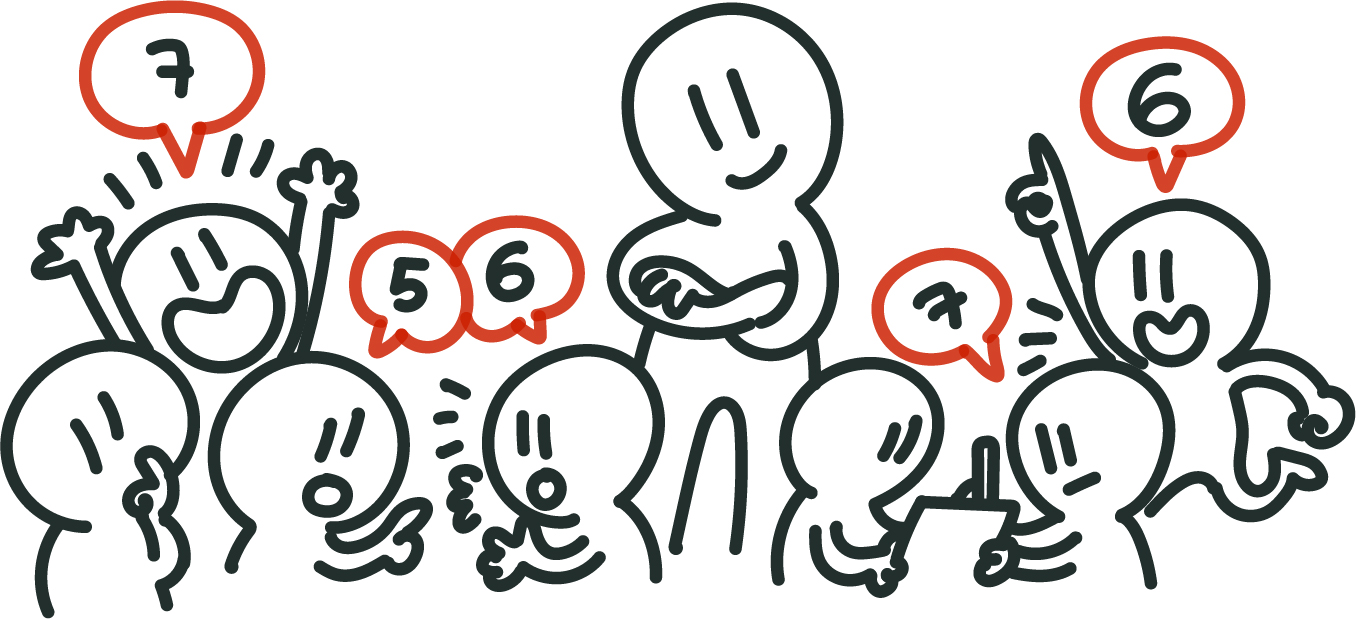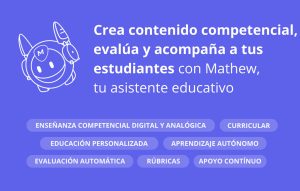We know that mathematics is not just about operations, but what is most important when learning this fundamental subject? Understanding what we do, arriving at the correct answer, or solving operations within a reasonable time? The truth is that all three goals are essential.
Peter Liljedahl, in Building Thinking Classrooms in Mathematics, proposes practices that make students the protagonists of their own learning. It is not just about mechanical repetition but about understanding concepts to consolidate learning and develop fluency.
The CRA model (Concrete, Representational, Abstract) is key to this process: first, we manipulate materials, then we represent them visually, and finally, we reach mathematical abstraction.
Mathematical fluency has three levels:
Factual (automatising basic addition and multiplication),
Computational (applying strategies for more complex operations), and
Procedural (the ability to use advanced methods).
Additionally, fluency involves efficiency, flexibility, and accuracy in problem-solving.
Certain numerical facts, such as single-digit addition and multiplication, should be automatised to free up cognitive resources for more complex tasks. Flexibility in calculation enables students to choose appropriate strategies in each situation, combining algorithms, mental arithmetic, and tools such as calculators.
To support this process, we have created a resource that summarises the learning of basic operations: what addition, subtraction, multiplication, and division mean, what strategies exist, and how to apply them following the CRA model.
We invite you to explore it and turn each operation into an opportunity to think, understand, and progress.
Powered By EmbedPress





